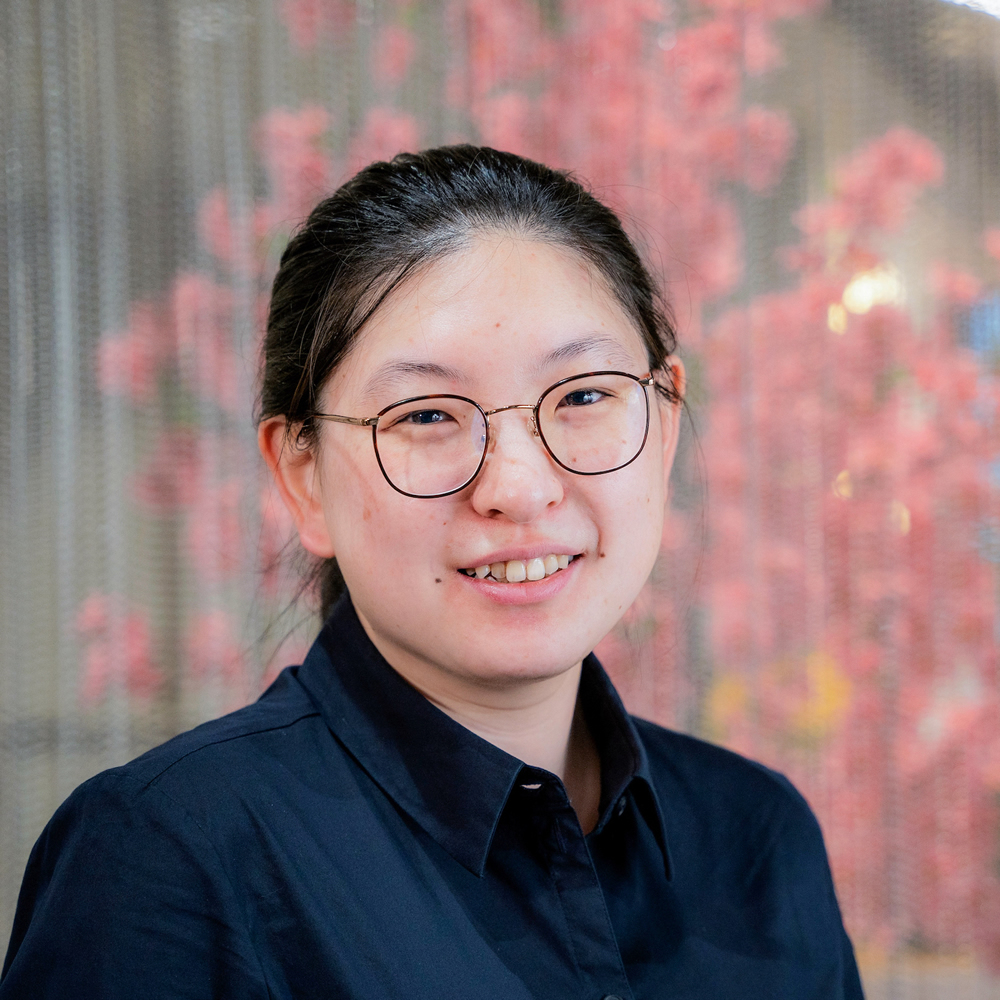
Jing Mu
Research Fellow
The University of Melbourne
Jing Mu received the B.Eng. degree in Automotive Engineering from the University of Shanghai for Science and Technology, Shanghai, China, in 2014, the M.Eng. degree (with distinction) in Mechatronics, and the Ph.D. degree from the University of Melbourne, Victoria, Australia, in 2017 and 2023, respectively.
Jing is currently a Research Fellow with the Department of Biomedical Engineering, the University of Melbourne, and part of the ARC Training Centre in Cognitive Computing for Medical Technologies. Her current research interests include non-invasive brain-computer interfaces (BCIs), assistive technologies, and robotics.
Jing also co-founded Virtetic, a medtech startup using virtual reality to help people transition to life with a limb prosthesis, and regain their function and independence faster.
Brain-machine interfaces (BMIs) are alternative communication channels between the human and external devices only using recordings of the user’s brain activities. BMIs can bypass the need for physical inputs from the user, hence, have hugely benefited people who suffer from movement disorders by helping them in controlling assistive devices to achieve activities of daily living and communicate with other people. However, BMIs have not been used widely in a larger population, mainly because of the high risks associated with the high-performing invasive options, extensive efforts required for user training and the need for personalisation, and a lack of justification in the feasibility of real life (out of the lab) usage.
The steady-state visual evoked potential (SSVEP) is a modality of brain activities that can be captured non-invasively and has minimal training requirements. By labelling each command or target with a visual stimulus flickering at a unique frequency and analysing the frequency components of the evoked SSVEP, the user’s intention can be understood. However, due to the limited responsive range of SSVEP, the nonlinearity in SSVEP response that impedes the co-existence of some frequencies within the range, and the limited frequency resolution in the whole process, the high-performing SSVEPbased BMIs are usually designed with restricted numbers of unique frequencies (no more than 40). This in turn makes limited numbers of targets or commands in the interface, which can support applications such as BMI keypads or spellers, but is insufficient for complex applications in real life where accurate coordinates may need to be labelled to instruct robotic arms in reach-and-grasp tasks.
This thesis focuses on improving the practicality of SSVEP-based BMI in two ways: understanding practical SSVEP setup parameters that help users achieve good performance without over-complicating the system setup and extending the capability of SSVEP-based BMIs to tasks with large numbers of targets.
This thesis first investigates the performance of SSVEP-based BMI with respect to setup parameters. It then proposes multi-frequency SSVEP stimulation and decoding methods that extend the capability of SSVEP to applications with large numbers of targets with practical considerations. And finally, introduces an optimisation method for selecting frequencies in setting up a multi-frequency SSVEP-based BMI, and proposes an alternative training-free decoding algorithm for multi-frequency SSVEP that is computationally less costly.